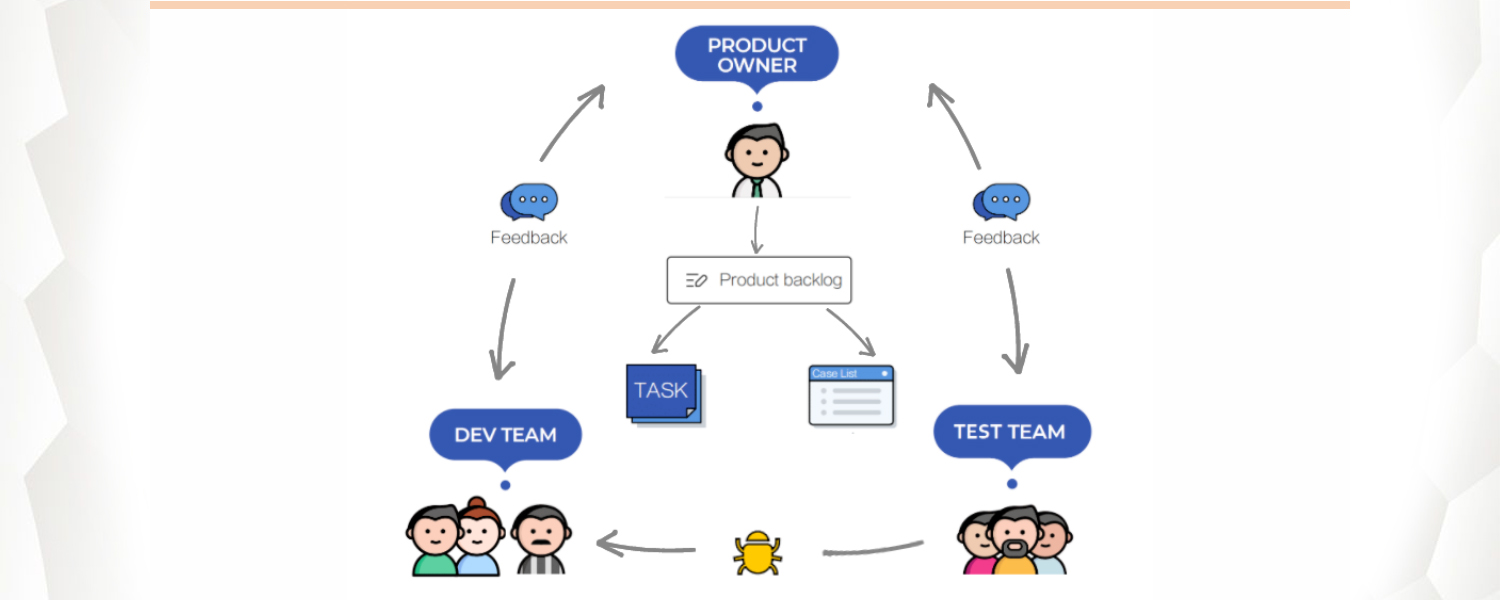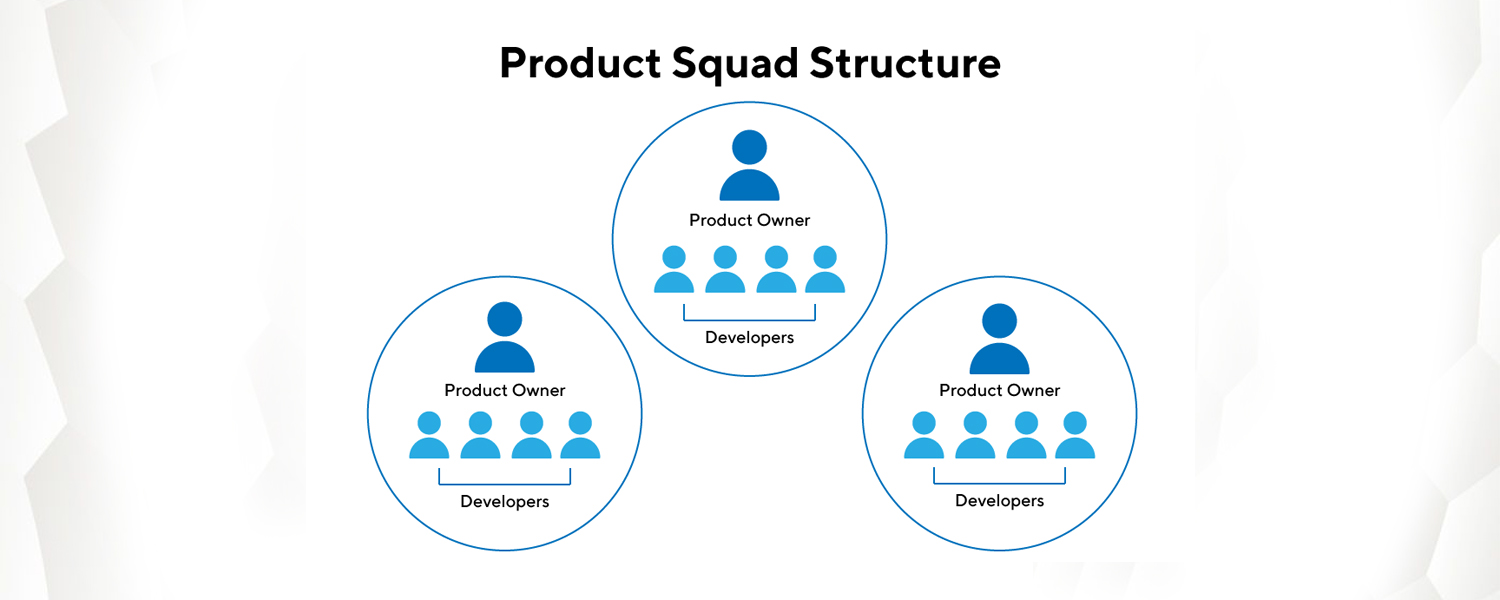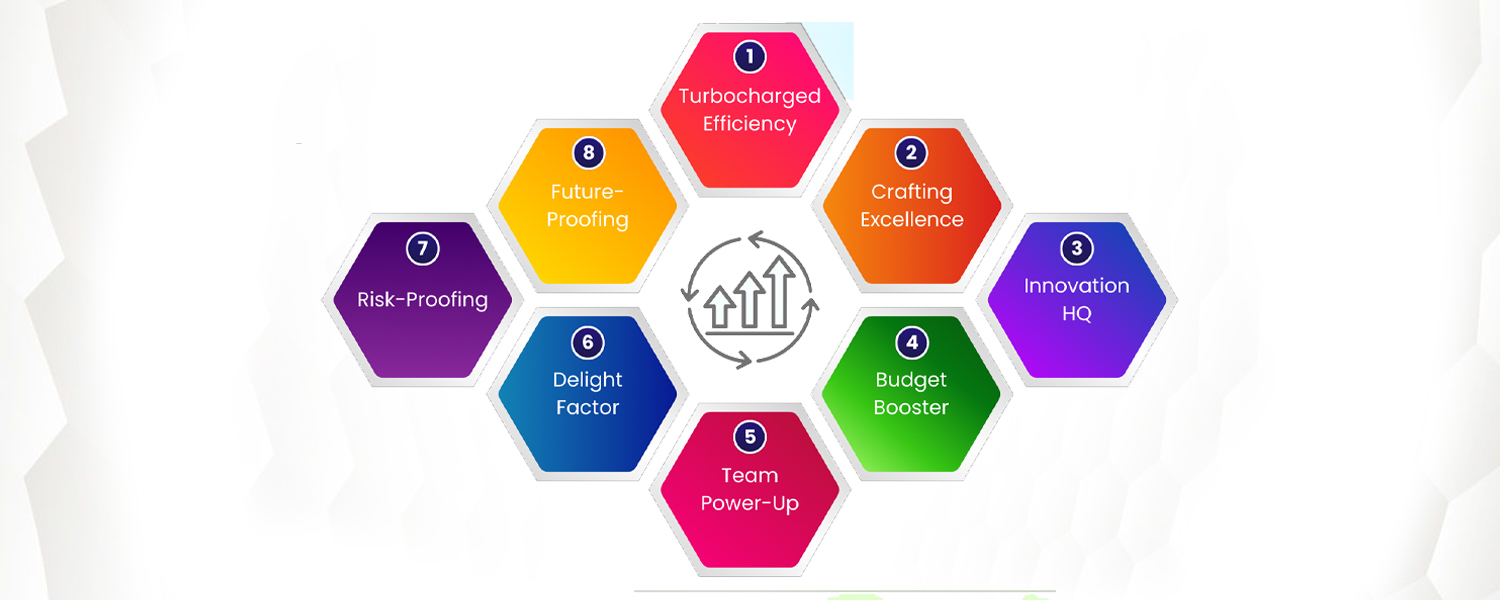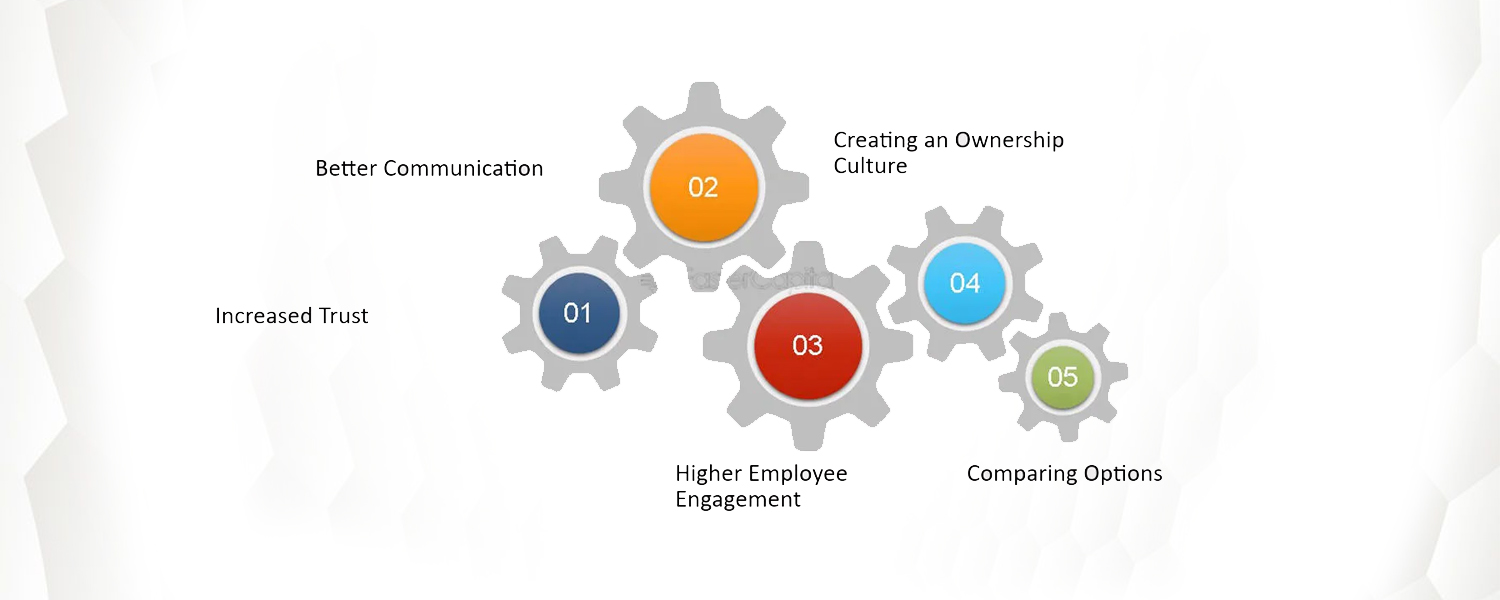Building and Leading Multiple Scrum Teams A Product Owner’s Guide
When it comes to practicing agile development, the problem of extending the usage of Scrum to have more than one Scrum teams that is dealing with the same product is difficult to solve.
This landscape transforms the role of Product Owner into a strategic visionary, an intricate scheduler, and an unyielding commander.
In this blog, we will discuss actionable insights on how one can properly structure multiple scrum teams while providing unity of effort and a shared focus on the product.

The Role of the Product Owner in a Multi-Team Environment
What is one accountability of the Product Owner? At its core, the Product Owner is responsible for maximizing the product’s value resulting from the Scrum Team’s work. This involves managing the product backlog, defining clear goals, and ensuring that every team’s efforts align with the overall product vision.
Why Is It Important That There Is Only One Product Owner Per Product?
When multiple scrum teams are working on the same product, having a single Product Owner ensures a unified direction. It prevents conflicting priorities and helps maintain a coherent strategy across all teams. This centralization of authority is crucial for sustaining a consistent product vision and avoiding the fragmentation that can occur with multiple decision-makers.
Structuring Multiple Scrum Teams
Careful structuring is essential when multiple teams work together on the same product. Here are some strategies:
Area Product Owners: When there are two product development teams or more, dividing the product into distinct areas with a dedicated Area Product Owner can help. These Area Product Owners report to the chief Product Owner, ensuring that each product segment is expertly managed while aligning with the overall vision.
Scrum of Scrums: Regular coordination meetings, often termed “Scrum of Scrums,” are vital. Representatives from each team meet to discuss progress, dependencies, and impediments. This facilitates communication across teams and helps synchronize efforts.
Scaled Frameworks: Implementing frameworks like Safe (Scaled Agile Framework) or Less (Large Scale Scrum) can provide a structured approach to scaling Scrum. These frameworks offer methodologies and practices designed to handle the complexities of multiple scrum teams working on a single product.
Managing the Product Backlog
One of the primary responsibilities of a Product Owner is managing the product backlog. In a multi-team setup, this task becomes even more critical:
- Unified Backlog: Maintain a single product backlog from which all teams work. This helps prioritize features that deliver the most value and ensures all teams are aligned with the product’s goals.
- Backlog Refinement: Regular backlog refinement sessions are essential to keep the backlog up-to-date and ready for sprints. Involve representatives from each team to get diverse insights and ensure that the backlog reflects the needs and capacities of all teams.
Collaboration and Communication
Effective collaboration and communication are the backbones of successful multi-team Scrum implementations:
Shared Tools and Platforms
Utilize shared tools for backlog management, sprint tracking, and communication. Tools like Jira, Confluence, and Slack can facilitate transparency and real-time updates across teams.
Cross-Functional Teams
Encourage cross-functional expertise within teams to minimize dependencies. Each team should ideally possess all the skills necessary to deliver complete product increments.

Handling Team Size and Structure
If a Scrum teams becomes too large they should consider splitting into smaller, more manageable teams. The recommended size for a Scrum teams is typically between five to nine members. Larger teams can hinder communication and reduce efficiency.
Leadership and Vision
A Product Owner’s leadership is pivotal in a multi-team environment:
Vision Casting: Regularly communicate the product vision and goals to keep all teams aligned and motivated. This ensures that every team member understands the broader purpose of their work.
Decision Making: Empower teams to make decisions within their areas while maintaining final decision authority on product priorities and roadmap. This balance fosters autonomy and innovation within teams.
Addressing Challenges and Ensuring Success
Leading multiple Scrum teams working on the identical product involves navigating various challenges. Addressing these effectively ensures that all teams remain productive and aligned with the product vision.
Synchronizing Sprints
When multiple scrum teams are working on a single product, synchronizing sprints can be beneficial:
Common Sprint Cadence: Establish a familiar sprint cadence across all teams. This means all teams start and end their sprints simultaneously, simplifying coordination and dependency management.
Integrated Sprint Reviews: Conduct joint sprint reviews where all teams demonstrate their work. This fosters transparency and allows for collective feedback, ensuring that all teams know each other’s progress and contributions.
Managing Dependencies
Dependencies between teams can slow down progress and create bottlenecks. As a Product Owner, it’s essential to:
Identify and Track Dependencies
Identify dependencies during backlog refinement and planning sessions. Use dependency-tracking tools to monitor and manage these effectively.
Foster Cross-Team Collaboration
Encourage teams to collaborate closely, especially when dependencies are identified. This can involve cross-team meetings, shared documentation, and mutual support to address inter dependencies promptly.
Ensuring Consistent Quality
Maintaining consistent quality across multiple teams is crucial for the product’s success:
Shared Definition of Done: Establish a shared Definition of Done (DoD) that all teams adhere to. This ensures that the quality standards are consistent across the product.
Automated Testing and CI/CD: Implement automated testing and continuous integration/continuous deployment (CI/CD) pipelines. This helps catch quality issues early and ensures that every increment meets the required standards before integration.

Encouraging Innovation and Continuous Improvement
Innovation and continuous improvement are at the heart of agile methodologies. Here’s how to foster these within multiple teams:
Empower Teams: Give teams the autonomy to experiment and innovate. Encourage them to try new approaches and technologies to improve the product or the development process.
Retrospectives: Conduct regular retrospectives within teams and at the program level. Use these sessions to identify areas for improvement and share best practices across teams.
Learning Culture: Promote a culture of learning where teams share insights and lessons learned. Organize cross-team workshops, hackathons, and training sessions to build skills and knowledge collectively.
Scaling Product Ownership
In large organizations, the scope of work might necessitate scaling the Product Owner role. Here are some approaches:
Chief Product Owner: Appoint a Chief Product Owner who oversees the overall product vision and strategy. An Area Product Owner can manage specific components or features, reporting to the Chief Product Owner.
Product Owner Community of Practice: Establish a community of practice for Product Owners to share insights, strategies, and challenges. This fosters alignment and continuous improvement in product management practices across the organization.
Measuring Success
Measuring the success of multiple Scrum teams requires looking beyond traditional metrics:
Value Delivered: Focus on customer value rather than just velocity or story points. Measure how well the product meets user needs and contributes to business goals.
Customer Feedback: Regularly gather and analyze customer feedback. This provides insights into how well the product is received and areas that need improvement.
Team Health: Monitor team health indicators such as team morale, collaboration, and satisfaction. Healthy teams are more likely to be productive and innovative.
Role of Stakeholders and Feedback Loops
Engaging stakeholders and establishing robust feedback loops are critical for the success of a product developed by multiple teams.
Engaging Stakeholders
Active stakeholder engagement ensures that the product development aligns with business needs and market demands:
Regular Updates: Provide stakeholders with regular updates on progress, challenges, and successes. Use demo sessions, status reports, and review meetings to keep them informed.
Feedback Integration: Actively seek stakeholder feedback and integrate it into the development process. This ensures that the product meets their expectations and adapts to changing requirements.
Establishing Feedback Loops
Feedback loops help in continuously improving the product and the development process:
- User Testing: Conduct regular user testing sessions to gather feedback directly from end-users. Use this feedback to refine features and improve the user experience.
- Metrics and Analytics: Implement analytics to track how users interact with the product. Use these insights to identify areas for improvement and validate whether the developed features deliver the expected value.
Training and Development
Ensuring that team members and Product Owners are well-trained is vital for the success of multiple scrum teams:
Training Programs
Scrum Training: Regularly conduct training sessions to ensure that all team members understand Scrum principles and practices. This includes training for new members and refreshers for existing members.
Role-Specific Training: Provide role-specific training for Product Owners, Scrum Masters, and team members. This ensures that everyone has the skills needed for their specific roles.
Continuous Learning
Workshops and Seminars: Organize workshops and seminars on advanced topics, such as scaling Scrum, agile best practices, and new tools and technologies.
Communities of Practice: Encourage the formation of communities of practice where team members can share knowledge, discuss challenges, and learn from each other.

Cultivating a Collaborative Culture
A collaborative culture is essential for the success of multiple scrum teams working on the same product. This culture fosters innovation, reduces conflicts, and enhances overall productivity.
Building Trust
Transparency: Promote transparency in all aspects of the development process. Share progress, challenges, and decisions openly with all teams.
Accountability: Foster a sense of accountability where team members take responsibility for their work and deliverables.
Encouraging Teamwork
Cross-Team Collaboration: Encourage teams to collaborate and support each other. This can be facilitated through joint planning sessions, shared workspaces, and collaborative tools.
Recognition and Rewards: Recognize and reward collaborative efforts and achievements. This can be through formal recognition programs or informal acknowledgments.
Wrapping it Up
As several scrum teams work on a single product, the role of the Product Owner is equally significant. One must always keep the vision in mind, ensure that the backlogs are properly grouped, and facilitate communication to guide multiple teams.
The essence here is to ensure that the central authority is complemented by decentralized functions so that every team functions optimally while contributing to the organizational vision in delivering multiple products.
It is possible to achieve tremendous results and have a highly successful product regardless of the number of scrum teams involved if the proper approach is applied.
Looking to enhance your leadership skills within a Scrum environment? Visit our “Education” category for advanced insights. Dive into our guide, “Building and Leading Multiple Scrum Teams: A Product Owner’s Guide,” to discover strategic methods for managing and motivating multiple teams effectively. Perfect your leadership approach and drive your teams to success with our expert advice.



